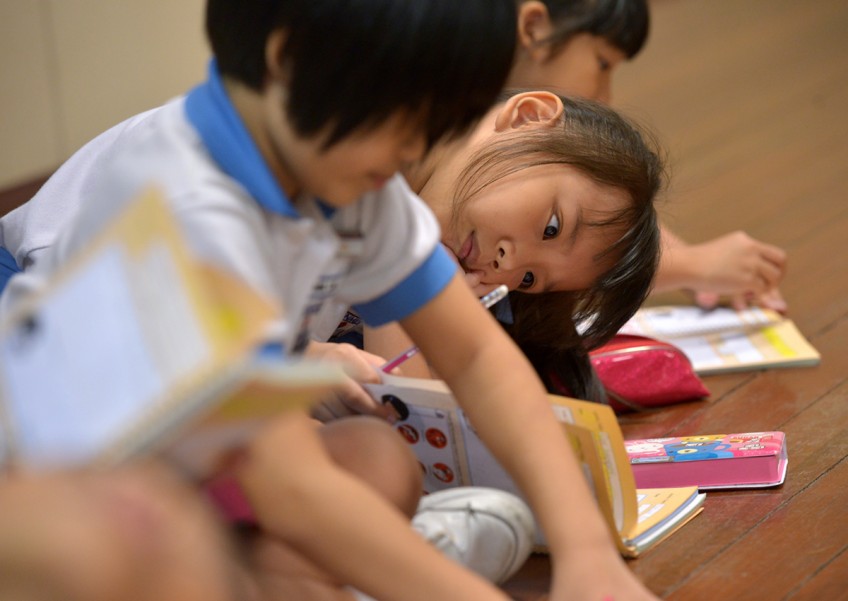S'pore meets Unesco education standards


Singapore had met primary school enrolment targets set at an Asian education conference and was confident of providing primary school places to all six-year-olds by 1966, then Education Minister Ong Pang Boon said in 1965.
With the building of new schools, there was no likelihood of a shortage of primary schools in Singapore in the near future, Mr Ong said at a Unesco conference of Asian education ministers in Bangkok in November 1965.
Previously, a shortage of primary schools meant that some children from the rural areas could be admitted only at eight years old, he noted.
At the 1960 Karachi conference of Asian Education Ministers, a target was set to have primary school enrolment at 20 per cent of a country's population for 1964.
Mr Ong noted that Singapore had met the target, with an enrolment of 350,000 out of a population of 1.7 million for that year.
"In Singapore, the demand for education is so great that universal primary education has, in fact, been achieved by the Government's provision of schools and teachers, without having to resort to legislation to make primary education compulsory," he said.
Primary education in Singapore is free for children born in Singapore, or whose parents are Singapore citizens, he said.
The teacher-pupil ratio of 1:35 that was set as a target in the Karachi plan had also been achieved in Singapore, Mr Ong added.
In 1965, Singapore had 12,400 teachers to 360,000 pupils, or a teacher-pupil ratio of 1:29.
The Karachi plan had also called for a teacher educator to teacher trainee ratio of 1:15. This ratio was 1:29.4 in Singapore for 1965, with 160 full- time teacher educators to 4,700 teacher trainees.
Mr Ong said Singapore would spend $53.1 million on the salaries and allowances of teachers out of a total recurrent expenditure of $64.5 million. This was 82 per cent of the total, against the Karachi plan's target of 50 per cent of the total.
Singapore had also surpassed the Karachi target for the cost of primary school buildings per pupil. In 1961, Singapore spent $200 per pupil and provided 13.5 sq ft classroom area per pupil. The maximum number of pupils to be accommodated in each classroom had also been reduced from 44 to 42, on average.
Mr Ong said: "Singapore has so far been able to finance its own education expansion programmes because of the resourcefulness of its people."
hoaili@sph.com.sg

This article was first published on November 22, 2015.
Get a copy of The Straits Times or go to straitstimes.com for more stories.